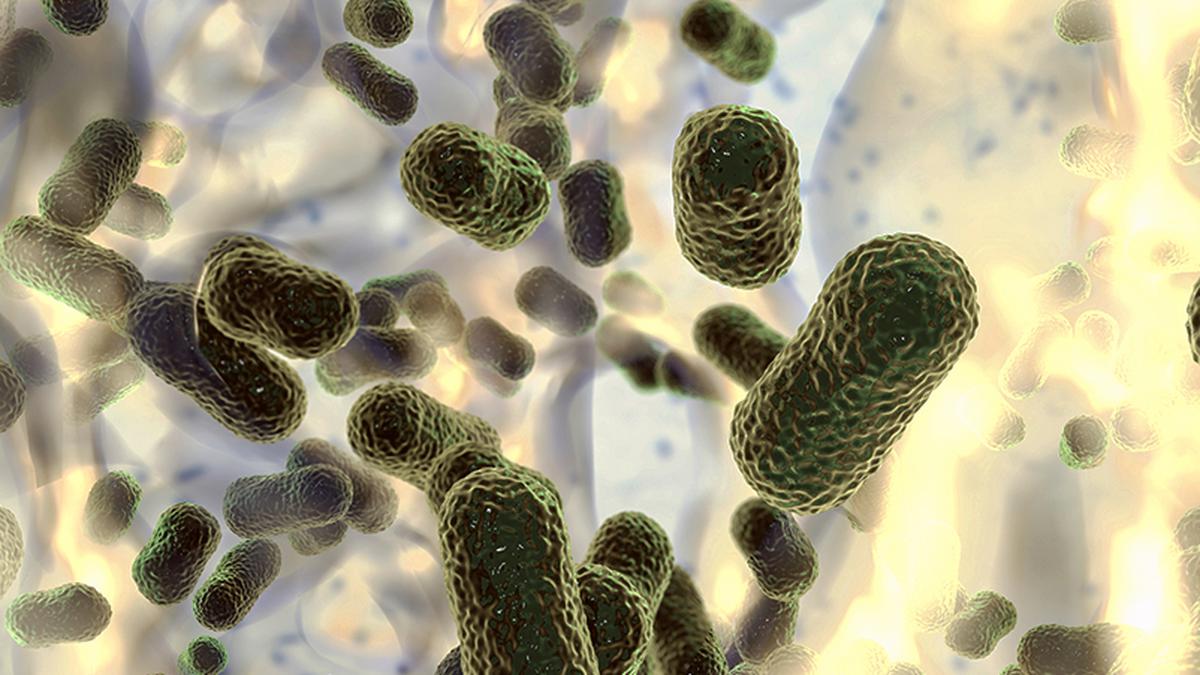
How microbiomes and the smells they produce help shape behaviour in bugs, birds, beasts and humans Premium
The Hindu
Microbiome often makes its presence known by emitting sounds and smells. The latter can be powerful signals that can influence behaviour
Microbes are an integral part of most, if not all multi-cellular organisms. In fact, these organisms are the way they are because of the tiny partners they house within and on them. These microbes constitute the microbiome: an “invisible organ” weighing approximately 2.5 to three kilograms in an adult human and much more in larger animals.
This unique body part was made visible with the advent of modern molecular imaging technologies. In my book Microbiomes and their Functions, I explore how it works in partnership with other visible organs and engages in a variety of physiological functions essential for the development and survival of the hosts.
Microbiomes have been part of all these organisms from the beginning, and have evolved in tandem with them, just as their visible organs have.
The digestive tract, with all its components, is a good example of how organs can be shaped by their microbial inhabitants. The digestive tract has markedly disparate features in a carnivore, an omnivore or a herbivore. Herbivores have the longest digestive tracts and carnivores have the shortest.
Also Read | Gutter to gut: How antimicrobial-resistant microbes journey from environment to humans
The bulk of microbiome is found in the digestive tract, where it helps extract nutrients from our diet. The diverse microbes constituting the microbiome not only contribute to optimal digestion, but also help prime our immune system, and produce hormones and neurotransmitters (or their precursors) that have profound influence on our behaviours.
The information-laden molecules generated by the microbiome play a crucial role in the body’s non-verbal communication. These microbiome-derived signals can elicit a range of responses including hunger, satiety (feeling full), mood changes and social behaviour.

Indian Forest Service (IFoS) officer R. Gokul, who was suspended by the State government in connection with a case filed in the Supreme Court seeking permission to denotify 443 acres of HMT forest land, besides writing a letter to the CBI, has reportedly admitted to his mistake and submitted an unconditional apology.

 Run 3 Space | Play Space Running Game
Run 3 Space | Play Space Running Game Traffic Jam 3D | Online Racing Game
Traffic Jam 3D | Online Racing Game Duck Hunt | Play Old Classic Game
Duck Hunt | Play Old Classic Game









